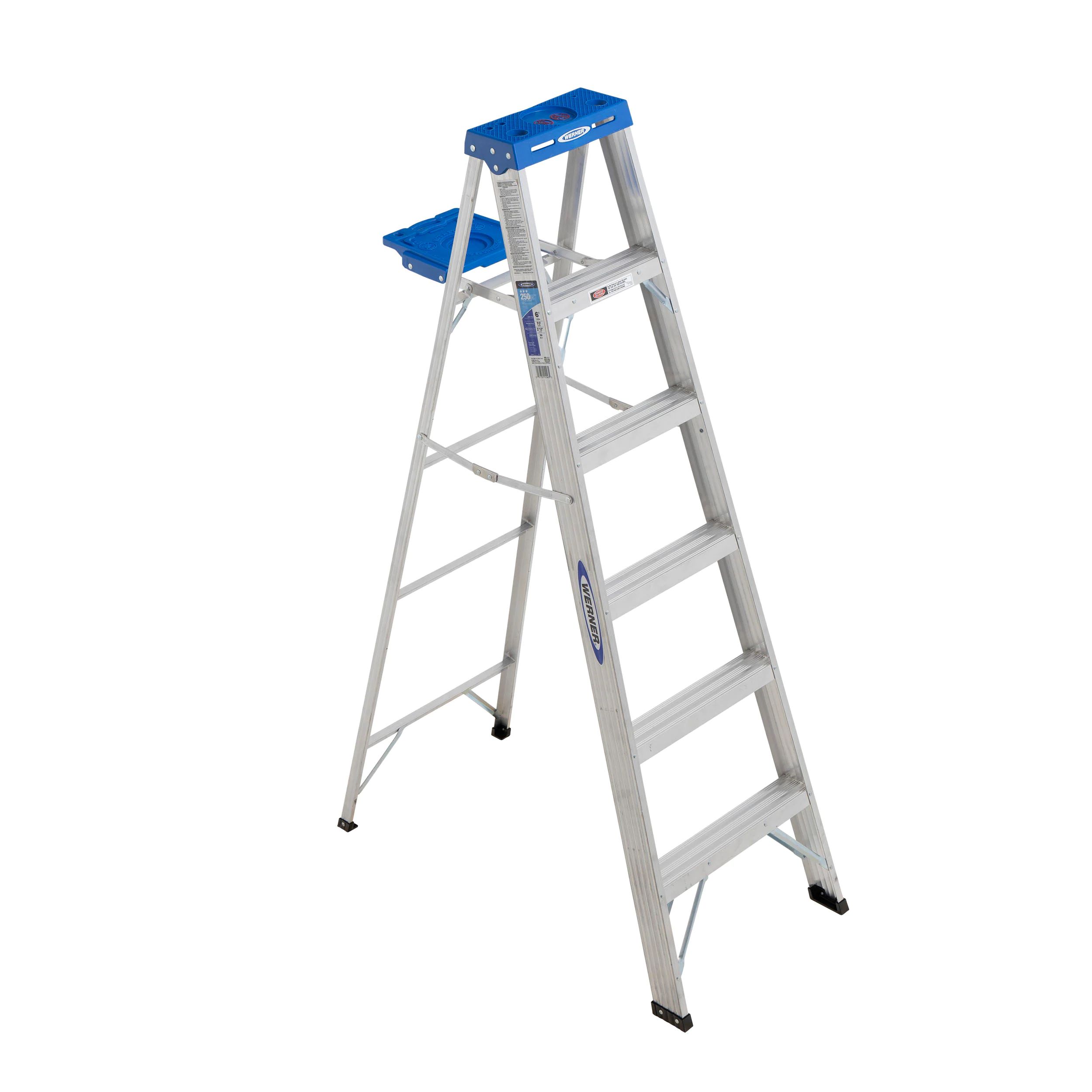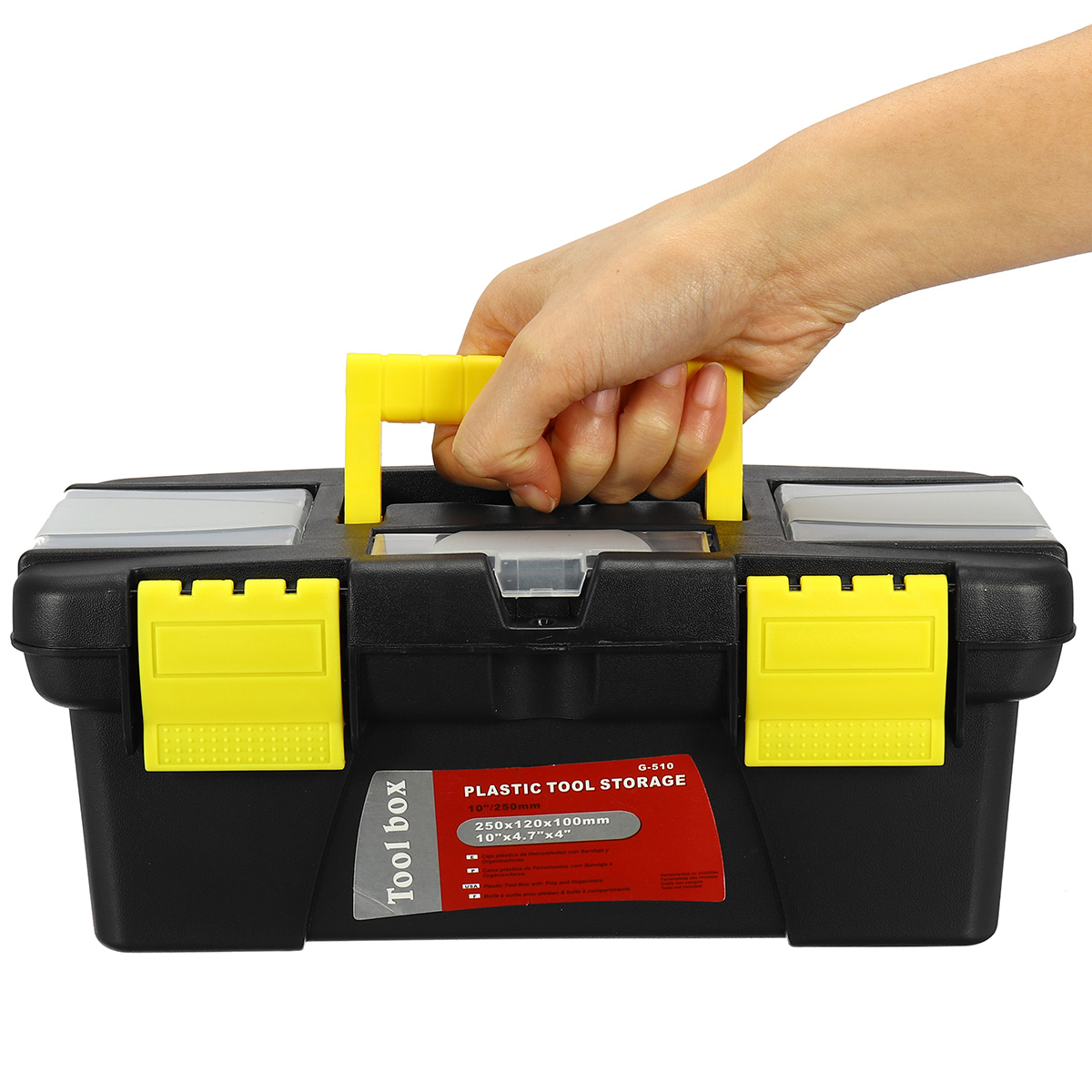

Articles
How Much Does A Dryer Weigh
Modified: March 19, 2024
Discover the average weight of dryers in this comprehensive article. Find out how to calculate the weight of your dryer and get expert tips on moving it safely.
(Many of the links in this article redirect to a specific reviewed product. Your purchase of these products through affiliate links helps to generate commission for Storables.com, at no extra cost. Learn more)
Introduction
When it comes to household appliances, knowing the weight of a dryer can be important for a variety of reasons. Whether you’re moving your dryer to a new location, installing it on a second floor, or simply curious about the weight for safety considerations, understanding how much a dryer weighs can provide valuable insights.
In this article, we will explore the factors that affect the weight of a dryer, typical weight ranges for different types of dryers, as well as provide tips on how to determine the weight of your specific dryer model. Additionally, we will share some useful advice on how to properly move or transport a heavy dryer.
It’s important to note that the weight of a dryer can vary depending on the make and model, as well as the features and materials used in its construction. However, by understanding the general weight ranges and factors that can influence the weight, you can gain a better understanding of what to expect when it comes to handling and moving your dryer.
So, whether you’re a homeowner, a renter, or simply curious about the weight of dryers, let’s delve into the fascinating world of dryer weights and uncover some helpful insights along the way.
Key Takeaways:
- Understanding the weight of your dryer is crucial for safe handling and transportation. Factors like type, size, and features influence its weight, so always refer to the manufacturer’s specifications for accurate information.
- When moving a heavy dryer, proper preparation, essential equipment, and enlisting help are key. Protect the appliance, plan the route, and consider professional movers for complex situations to ensure a smooth and safe moving process.
Read more: How Much Does A Hair Dryer Weigh
Factors Affecting the Weight of a Dryer
The weight of a dryer can depend on several factors, including:
- Type of Dryer: Different types of dryers have varying weights. The most common types include vented dryers, which expel hot air through a vent; condenser dryers, which collect moisture in a container; and heat pump dryers, which use a heat exchange system. Heat pump dryers are usually heavier due to the additional technology involved.
- Size and Capacity: The dimensions and capacity of a dryer can impact its weight. Generally, larger dryers with higher capacity options will weigh more than smaller ones. This is because larger models require more robust construction materials to support the increased weight of the clothes and to ensure the structural integrity of the appliance.
- Construction Materials: The materials used in the construction of the dryer can also contribute to its weight. Dryers are typically made from metal, such as stainless steel or galvanized steel, which adds to their overall weight. Additionally, the inclusion of additional features, such as insulation to reduce noise or vibration dampening materials, can also increase the weight of the appliance.
- Features and Technology: Modern dryers often come equipped with a range of features and advanced technologies. These can include LCD displays, touch controls, sensor drying, steam cycles, and more. While these features enhance functionality and convenience, they can also add weight to the dryer.
- Accessories and Attachments: Dryers may come with optional accessories or attachments, such as drying racks or pedestals. These accessories can add weight to the overall package, but it’s important to note that their weight is typically separate from the main dryer unit.
Keep in mind that these factors are general guidelines and can vary depending on the specific make and model of your dryer. Manufacturers may employ different materials, technologies, and construction methods, which can further influence the weight of the appliance.
Now that we’ve covered the factors affecting the weight of a dryer, let’s move on to exploring the typical weight ranges of different types of dryers in the next section.
Typical Weight Ranges of Different Types of Dryers
The weight of a dryer can vary depending on its type. Here are the typical weight ranges for different types of dryers:
- Vented Dryers: Vented dryers, which expel hot air through a vent, typically weigh between 100 to 150 pounds (45 to 68 kilograms). This weight range is based on standard-size vented dryers and can vary depending on the specific make and model.
- Condenser Dryers: Condenser dryers, which collect moisture in a container, generally weigh slightly more than vented dryers. They typically range from 120 to 170 pounds (54 to 77 kilograms), again depending on the specific make and model.
- Heat Pump Dryers: Heat pump dryers, which use a heat exchange system, tend to be the heaviest among the different types. They typically weigh between 150 to 200 pounds (68 to 91 kilograms). The advanced heat pump technology and additional components contribute to the increased weight of these dryers.
It’s important to note that these weight ranges are approximate and can vary depending on the size, capacity, and features of the dryer. Manufacturers may also have specific weight ranges for different models within each dryer type. Always refer to the manufacturer’s specifications for the most accurate weight information for your specific dryer model.
Now that we have an understanding of the typical weight ranges for different types of dryers, let’s explore how weight variations can occur within each dryer type and how you can determine the weight of your specific dryer model.
Understanding Weight Variations within Dryer Types
While we have discussed the typical weight ranges for different types of dryers, it’s important to understand that weight variations can still occur within each type. These variations can be influenced by several factors, including:
- Size and Capacity: Within the same type of dryer, different sizes and capacity options will have varying weights. For example, a larger capacity vented dryer will generally weigh more than a smaller capacity vented dryer.
- Brand and Model: Different brands and models may have different construction materials, technologies, and features, which can contribute to variations in weight. It’s worth noting that some brands may prioritize lightweight construction, resulting in lighter dryers compared to others.
- Extra Features: Dryers with additional features or advanced technologies, such as steam cycles, Wi-Fi connectivity, or specialized drying programs, may have a slightly higher weight compared to basic models.
Additionally, it’s essential to consider the weight of any accessories or add-ons that may come with your dryer, such as pedestals or drying racks. These accessories are often optional and are not always included in the base weight of the dryer itself.
To determine the specific weight of your dryer model, refer to the manufacturer’s specifications. They will typically provide the weight of the dryer as well as any included accessories or add-ons. The manufacturer’s website, product manuals, or online retailers are great sources for finding this information.
Knowing the weight of your specific dryer model will be helpful when it comes to moving or transporting the appliance, as we will discuss in the following section.
Now that we have explored weight variations within dryer types and how to determine the weight of your specific dryer, let’s move on to some tips for moving or transporting a heavy dryer.
When moving a dryer, be sure to check the manufacturer’s specifications for the exact weight. On average, a standard dryer can weigh between 100-150 pounds, while larger or commercial dryers can weigh up to 200 pounds. Always use proper lifting techniques and seek assistance if needed.
How to Determine the Weight of Your Specific Dryer Model
To determine the weight of your specific dryer model, you can follow these steps:
- Check the Manufacturer’s Specifications: The manufacturer’s website or product manual is an excellent resource for finding detailed information about your dryer, including its weight. Look for the specifications section or search for a specific model number to find the relevant details.
- Consult Online Retailers: Online retailers that sell the specific dryer model may provide weight information in their product descriptions. These retailers often list the weight under the technical specifications or product details section.
- Contact Customer Support: If you’re still unable to find the weight information, contact the manufacturer’s customer support. They can provide you with the accurate weight of your specific dryer model. Be sure to have the model number and any other relevant details ready when reaching out to customer support.
- Weighing the Dryer: As a last resort, you can physically weigh your dryer. This method is more applicable if you already have the dryer in your possession and cannot find the weight information elsewhere. To do this, you will need a scale or a device capable of accurately measuring weight. Carefully place the dryer on the scale and record the weight. Ensure that the scale is sturdy enough to support the weight of the dryer.
By following these steps, you should be able to determine the weight of your specific dryer model accurately. Remember to always refer to the manufacturer’s specifications for the most accurate and reliable information.
Now that you know how to determine the weight of your specific dryer, let’s move on to some valuable tips for moving or transporting a heavy dryer.
Read more: How Much Does A Washer And Dryer Weigh
Tips for Moving or Transporting a Heavy Dryer
Moving or transporting a heavy dryer can be a challenging task. Here are some tips to help you navigate the process safely and efficiently:
- Ensure Proper Preparation: Before moving the dryer, make sure it is safely disconnected from the power source and any utility connections, such as gas or water lines. Empty the dryer of any clothing or items that may have accumulated inside.
- Gather Necessary Equipment: You’ll need some essential equipment to safely move the heavy dryer. This may include protective gloves, a dolly or hand truck, straps or ropes, and moving blankets or pads to protect the dryer from damage during transit.
- Enlist Help: Moving a heavy dryer should not be done alone. Enlist the help of at least one or two strong individuals to assist with the lifting and maneuvering. Communicate and plan the moves beforehand to ensure everyone is on the same page.
- Use Proper Lifting Techniques: When lifting the dryer, remember to bend at the knees and use your leg muscles for power. Avoid putting excessive strain on your back. Lift with your legs while keeping a straight posture, and take breaks as needed.
- Secure the Dryer: Use straps or ropes to secure the dryer to a dolly or hand truck. This will help to stabilize the appliance during movement and prevent it from tipping or sliding. Ensure the straps are tight enough to hold the dryer securely in place.
- Protect the Dryer: Wrap the dryer with moving blankets or pads to protect it from scratches, dents, or other damage during transportation. This is especially important if you need to navigate tight spaces or stairs.
- Plan the Route: Before moving the dryer, assess the path from its current location to the destination. Clear any obstacles and ensure there is enough clearance for the dryer to pass through doorways, hallways, or any narrow areas.
- Take Precautions on Stairs: Stairs can be particularly challenging when moving a heavy dryer. Take extra precautions, such as using additional helpers, and go slowly and carefully. Use ramps or a stair climbing dolly when possible to ease the process.
- Consider Professional Help: If you are not confident in your ability to move a heavy dryer safely, or if you are dealing with complex conditions such as multiple flights of stairs or tight spaces, it may be wise to hire professional movers. They have the experience and equipment to handle the task effectively.
By following these tips, you can minimize the risk of injury to yourself and damage to the dryer during the moving or transportation process.
Now that you have a better understanding of how to move or transport a heavy dryer, let’s wrap up our article.
Conclusion
Knowing the weight of a dryer is important for various reasons, whether you are moving it to a new location, installing it on a different floor, or simply curious about its weight for safety considerations. Throughout this article, we have explored the factors that can affect the weight of a dryer, the typical weight ranges of different types of dryers, and how to determine the weight of your specific dryer model.
We discovered that the weight of a dryer can vary depending on factors such as the type of dryer, its size and capacity, construction materials used, and the presence of additional features and technologies. Understanding these factors can help you anticipate the weight of your specific dryer and make informed decisions when it comes to installation, maintenance, or transportation.
We also provided practical tips for moving or transporting a heavy dryer, emphasizing the importance of preparation, enlisting help, using proper lifting techniques, securing the appliance, and protecting it during the process. These tips are essential for ensuring both your safety and the integrity of the dryer during the moving process.
Remember, it’s always advisable to consult the manufacturer’s specifications to obtain accurate weight information for your specific dryer model. Additionally, if you are uncertain about your ability to move a heavy dryer safely, or if you are dealing with challenging conditions, hiring professional movers can be a wise decision.
We hope this article has provided you with valuable insights into the weight of dryers and equipped you with the necessary knowledge to handle and move them effectively. Whether you are a homeowner, a renter, or simply someone who is curious about dryer weights, understanding these key details will help you make informed choices and ensure the smooth operation and longevity of your dryer.
Thank you for reading, and may your dryer-related endeavors be effortless and successful!
Frequently Asked Questions about How Much Does A Dryer Weigh
Was this page helpful?
At Storables.com, we guarantee accurate and reliable information. Our content, validated by Expert Board Contributors, is crafted following stringent Editorial Policies. We're committed to providing you with well-researched, expert-backed insights for all your informational needs.















0 thoughts on “How Much Does A Dryer Weigh”